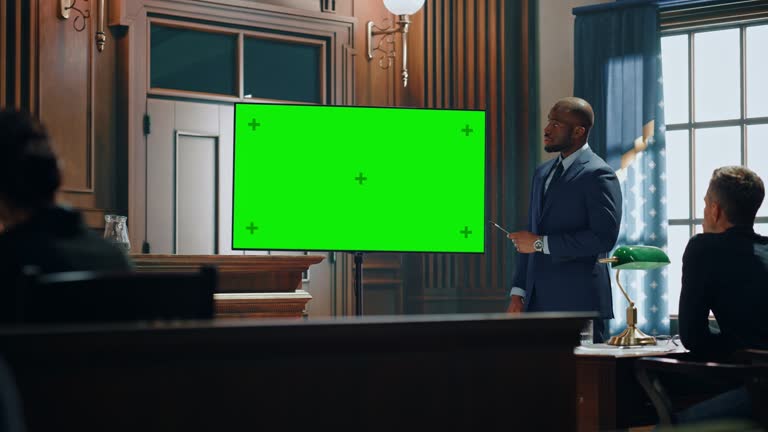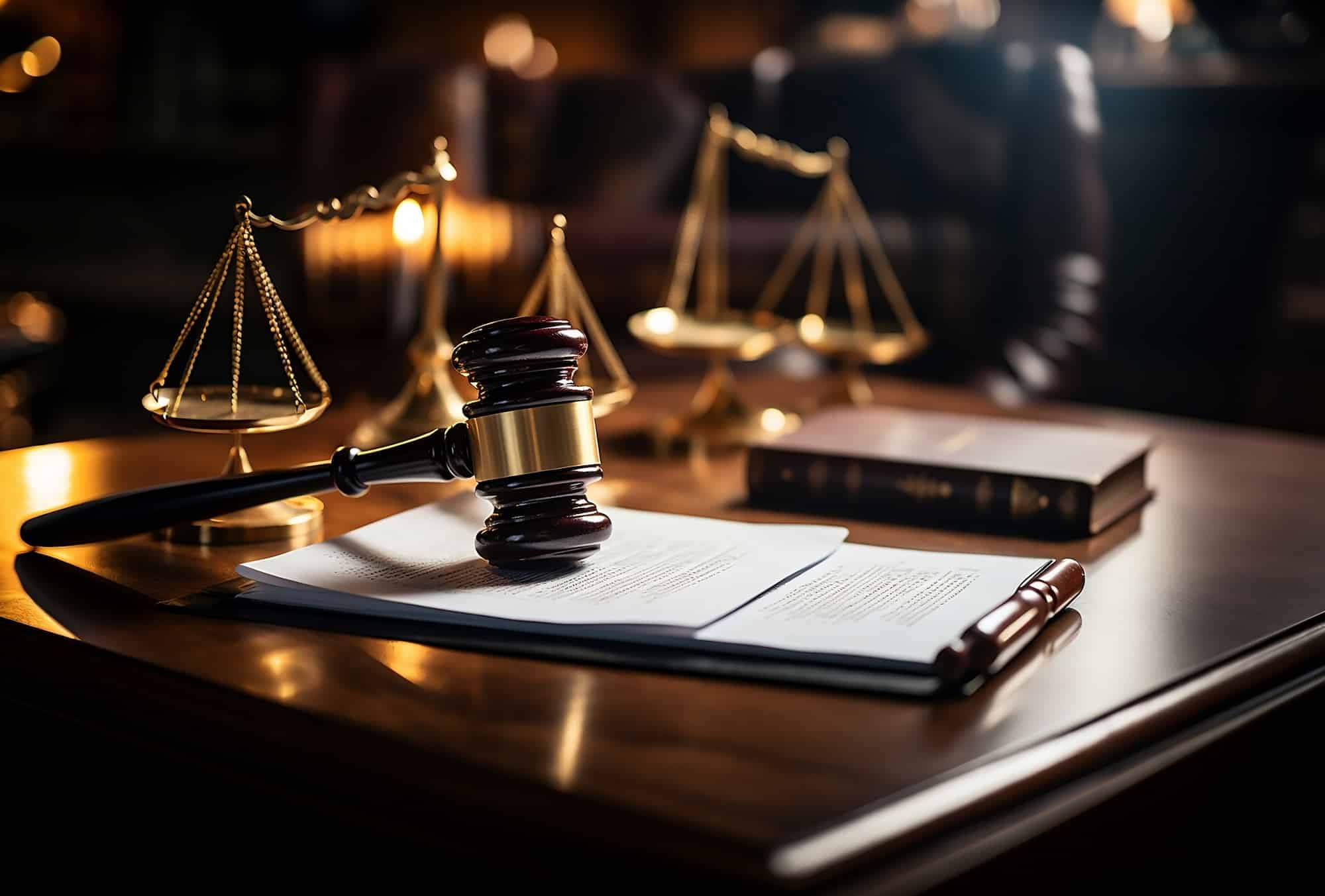Raise Your Lawful Exercise With Cutting-edge Trial Presentations: Best Practices and Advice
Raise Your Lawful Exercise With Cutting-edge Trial Presentations: Best Practices and Advice
Blog Article
Browsing the Complexities of Test Presentations: Tips for Seamless Shipment and Compelling Debates
In the world of lawful proceedings, the art of trial presentation stands as a critical factor of success. As attorneys browse the intricate internet of court room characteristics, the capacity to seamlessly deliver debates and proof while astounding the jury's focus comes to be extremely important. The intricacies inherent in test presentations require a delicate balance of method, finesse, and skill. By refining techniques that make certain a refined distribution and crafting compelling arguments that reverberate with the audience, lawful experts can dramatically improve their advocacy. In a globe where persuasion preponderates, understanding the details of test discussions is not merely an option but a requirement for those looking for to prevail in the court.

Understanding Trial Goals
To properly browse a test, it is vital to have a clear understanding of the purposes that need to be achieved. Before stepping right into the court, lawful groups should specify their objectives and wanted outcomes. These objectives work as leading principles throughout the trial, forming strategies and affecting decision-making processes.
Understanding trial goals entails a thorough analysis of the situation, legal criteria, and the client's benefits. Trial Presentations. It calls for a careful assessment of the realities, identifying crucial issues, and expecting potential obstacles. By setting certain and measurable goals, attorneys can customize their discussions and arguments to align with the preferred results
Additionally, a clear grip of trial objectives makes it possible for lawful teams to prioritize evidence, witnesses, and lawful debates efficiently. It permits the growth of a systematic narrative that resonates with the judge and court, strengthening the general case discussion.

Organizing Evidence Effectively
Having a clear understanding of trial objectives lays the foundation for organizing proof properly in legal procedures - Trial Presentations. By straightening the discussion of evidence with the wanted end results of the trial, lawful teams can enhance their debates and enhance their persuasiveness. One critical facet of organizing proof is classification. Organizing proof based on themes or relevance to specific legal aspects can help simplify the discussion and make complicated info much more absorbable for the judge or court.
Another trick aspect in organizing proof efficiently is developing a logical circulation. Providing proof in a sequential and coherent manner can help develop an engaging story that sustains the lawful arguments being made. In addition, utilizing aesthetic aids such as timelines, charts, or charts can additionally enhance the organization of proof and assist in clearing up complex connections or sequences of occasions.
Furthermore, making sure that all proof presented is admissible and pertinent to the situation is crucial. Inadmissible or unnecessary evidence can interfere with the stamina of the disagreement and possibly damage the integrity of the offering event. For that reason, a careful testimonial and choice procedure need to be carried out to include just one of the most legally audio and impactful proof in the trial presentation.
Crafting Convincing Narratives
Crafting engaging narratives plays a critical duty in presenting influential arguments during lawful process. A well-crafted story has the power to captivate the audience, evoke emotions, and eventually guide the choice for the presenting celebration. When constructing a story for a test presentation, it is important to develop a clear storyline that highlights essential points and links them in a meaningful way. Begin by outlining the facts of the instance in an engaging way, ensuring that the my sources sequence of occasions is very easy to comply with. Introduce personalities successfully, offering background details that helps the target market understand their activities and inspirations. Furthermore, including vibrant descriptions and appealing language can bring the story to life, making it extra unforgettable for the discretionary. By weaving with each other evidence, statement, and lawful debates into a cohesive and influential story, legal experts can efficiently support for their clients and enhance the possibility of a desirable result in the courtroom.
Grasping Visual Aids
Effective use visual help is crucial to enhancing the impact and clarity of trial discussions. Aesthetic aids, when utilized purposefully, have the power to streamline complex details, reinforce bottom lines, and leave a lasting impression on the judge and court. To understand aesthetic help in test presentations, it is crucial to guarantee that they are clear, succinct, and relevant to the arguments being made.
When integrating aesthetic aids, such as charts, charts, timelines, or pictures, into a test discussion, it is important to maintain them visually appealing yet professional. The visuals should enhance the verbal disagreements, giving a graph of the information being talked about without overwhelming the audience with unnecessary information.
Additionally, exercising with the aesthetic help in advance is critical to ensure a smooth shipment during the trial. Acquainting oneself with the web content, shifts, and timings of each visual aid can help maintain the circulation of the discussion and prevent technological problems that might arise.
Providing Impactful Closing Arguments
An engaging closing disagreement acts as the end result of a test discussion, encapsulating the core narrative and encouraging the judge and jury towards a desirable decision. To deliver an impactful closing disagreement, it is critical to succinctly evaluate key factors, highlight the toughness of your case, and resolve any weaknesses in a critical manner. Begin by detailing the main arguments that support your customer's placement, stressing why the evidence offered throughout the trial supports your narrative. It is vital to create a sense of cohesion and quality, leading the judge and jury towards the wanted verdict.
Moreover, integrating emotional charm can further strengthen your closing debate. Ultimately, a well-crafted closing debate must leave an enduring perception, engaging the court and court to rule in your client's favor.
Final Thought
In verdict, grasping test presentations includes understanding objectives, arranging proof, crafting stories, using visual aids, and find more information delivering impactful closing disagreements. By implementing these approaches efficiently, attorneys can offer their case perfectly and make engaging disagreements in the courtroom. It is vital to navigate the complexities of test discussions with precision and ability to attain success in lawful process.
By aligning the discussion of evidence with the desired end results of the trial, lawful groups can enhance their disagreements and improve their persuasiveness (Trial Presentations). To understand aesthetic help in test discussions, it is essential to make sure that they are have a peek at this website clear, succinct, and pertinent to the disagreements being made
An engaging closing disagreement offers as the end result of a trial presentation, enveloping the core story and persuading the court and court towards a desirable decision. Begin by outlining the major disagreements that support your customer's position, stressing why the evidence offered throughout the test supports your story.In conclusion, understanding trial discussions involves recognizing goals, arranging evidence, crafting stories, utilizing aesthetic aids, and supplying impactful closing arguments.
Report this page